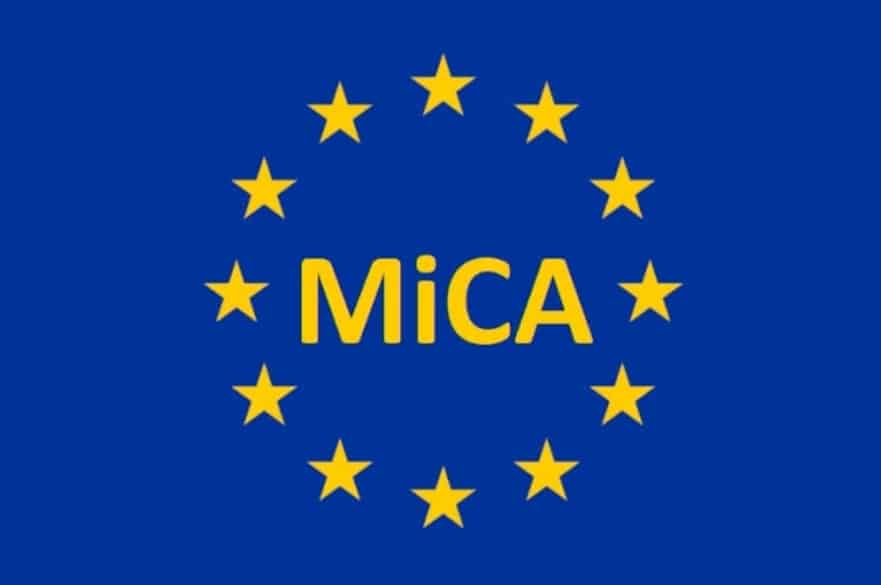As Europe’s MiCA regulation becomes mandatory, exchanges like Crypto.com delist Tether’s USDT. Experts weigh in on how the new rules may impact stablecoins, liquidity, and market efficiency.
EU MiCA Regulation Forces Exchanges to Delist Tether’s USDT
The European Union’s new Markets in Crypto-Assets (MiCA) regulations have led to a major shift in the stablecoin market, with exchanges such as Crypto.com and Coinbase delisting Tether’s USDT. The delisting comes in response to MiCA’s strict rules for stablecoins, which now affect asset-referenced tokens (ARTs) like USDT.
MiCA Regulation and the USDT Delisting
Under MiCA, exchanges in the EU must comply with new regulations that require the exclusion of non-compliant assets, including Tether’s USDT. Crypto.com made the decision to delist USDT from its platforms in the Eurozone, aligning with MiCA regulatory requirements. The European Securities and Markets Authority (ESMA) issued a statement giving exchanges until the end of Q1 2025 to comply with these new rules.
Critics Warn of Market Fragmentation
While some industry experts express concerns over the regulatory burden, with Tether CEO Paolo Ardoino warning that delisting USDT could reduce liquidity and cause systemic risks, others argue that the long-term benefits will outweigh these challenges. According to experts, including Marina Markezic from the European Crypto Initiative, MiCA’s streamlined registration process will enhance cross-border efficiency and foster innovation in the blockchain sector.
The Swiss Model and Market Access
Some experts cite Switzerland’s tech-neutral approach as a model for the EU, arguing that the MiCA regulations may be too restrictive to position the EU as a global blockchain leader. Andreas Glarner of Swiss law firm MME expressed skepticism about MiCA’s ability to encourage global market access due to its high compliance costs.
The Future of Blockchain in the EU
Despite the concerns, blockchain companies like Apex Fusion, led by CEO Ivan Bjelajac, are adopting compliance-first strategies, ensuring their projects meet regulatory standards while supporting innovation. This balance of compliance and innovation is seen as a way to secure blockchain adoption within the EU’s regulatory framework.
As the EU moves toward implementing MiCA in full force, the cryptocurrency industry must adapt, and businesses need to navigate the new compliance landscape for the long-term benefit of the digital economy.

